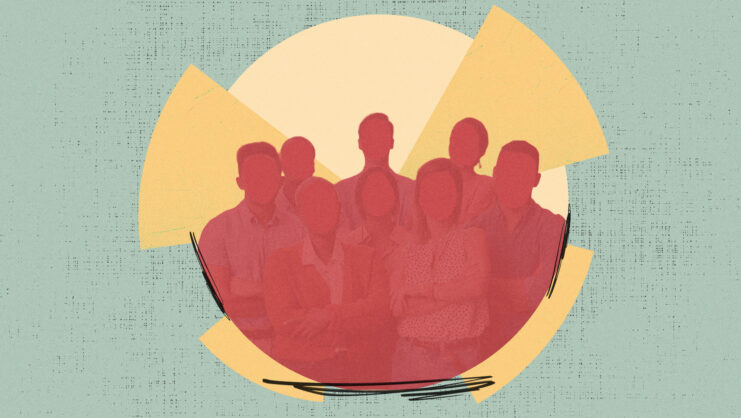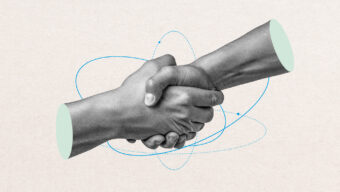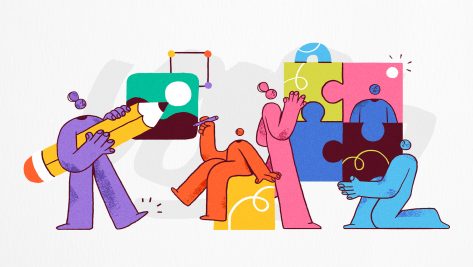The Keys to Befriending Your Nervous System
Befriending our nervous systems is key to stress management. Susanna Sjoberg explains the different nervous system states and provides some tips on how to manage them.
© IE Insights.
Transcription
Not everybody has to do yoga and meditate. Do things that truly bring you joy and pleasure. Nobody has time to do all of these practices and, you know, doing all those things that you’re supposed to do, and then you’re supposed to do the sleep and you’re supposed to eat this and you’re supposed to… The supposed tos are not good for the nervous system, the nervous system likes choice, and we instinctively know that.
So that’s why people have a natural resistance to this “you should be doing meditation, you should be doing mindfulness, you should be and should be.” And it’s important that we respect our uniqueness.
So our autonomic nervous system is the foundation for practically everything. Our learning is linked to our nervous system. Our connection to other people is linked to our nervous system. We scan for cues of safety and threat all the time. So are people safe? Is the situation safe? Our biology is very different. So we react to different cues very differently.
It’s like traffic lights. There are three stages where we can be. We can be in green: we can be calm, confident, cool. Or we can be a little bit in the yellow where we are already activated. Anxiety is a hallmark of that. We may start to avoid things. Or we can be in red. For example, procrastination is a state of red and burnout is really the top red, for example. The goal is not to be in green all the time, because then if we were just hanging out like a bunch of dolphins, we wouldn’t get anything done. So a slight activation is actually healthy. But the important part is to come back to that sense of safety, come back to green.
We can’t control our nervous systems, but we can befriend it. There are three basic ways that we can impact our nervous system, and those are through our body, that’s one, that’s called bottom up, or through our mind, which is the top down. Or then there’s what’s called the horizontal way, which is more creativity, art, music. The horizontal one is really both hemispheres of our brain.
So whether you choose to calm your nervous system through qigong or yoga or walking, it doesn’t really matter. What matters is what does good to your nervous system. So nervous system regulation is something that’s being discussed quite extensively in therapy. And it’s a very, very important thing, of course, in work settings. Managers have a huge impact on people and their teams.
We all know those managers that cause stress in the workplace, they hover around us. They walk around in a cloud of anxiety and create anxiety around them. And then also we have managers who are just simply present and calm and convey that calmness to all or everybody around them. Anxiety and stress does leak through our pores.
It’s a chemical thing that impacts people around us, literally. So when we pick up cues of safety and threat from those managers and that stress, we actually literally, our nervous system picks it up and reacts to it. And the person who sets the tone for workplace is always the manager or the top management. And that’s why we need to train managers to work on their own nervous systems.
So the first step in order to create a psychologically safe team is for each and every member to realize that their nervous system safety is fundamental to team coherence. You can coach them and you can help them. And the results are actually quite phenomenal with teams that are open to that. And the way top management can help with this is first of all to learn to do this for themselves and then convey it further down and encourage less competition and more collaboration.
When you see managers who have done that, it’s fantastic. They really, truly make a difference. As a takeaway: there are three nervous system states as traffic lights; green, yellow, and red. Then there are three ways to impact those states; the bottom up, the top down, and the horizontal. And then the third one is what are the actions that one can take; first to understand what’s going on in your body, to track your body and your mind, and then create that personalized menu for yourself.










